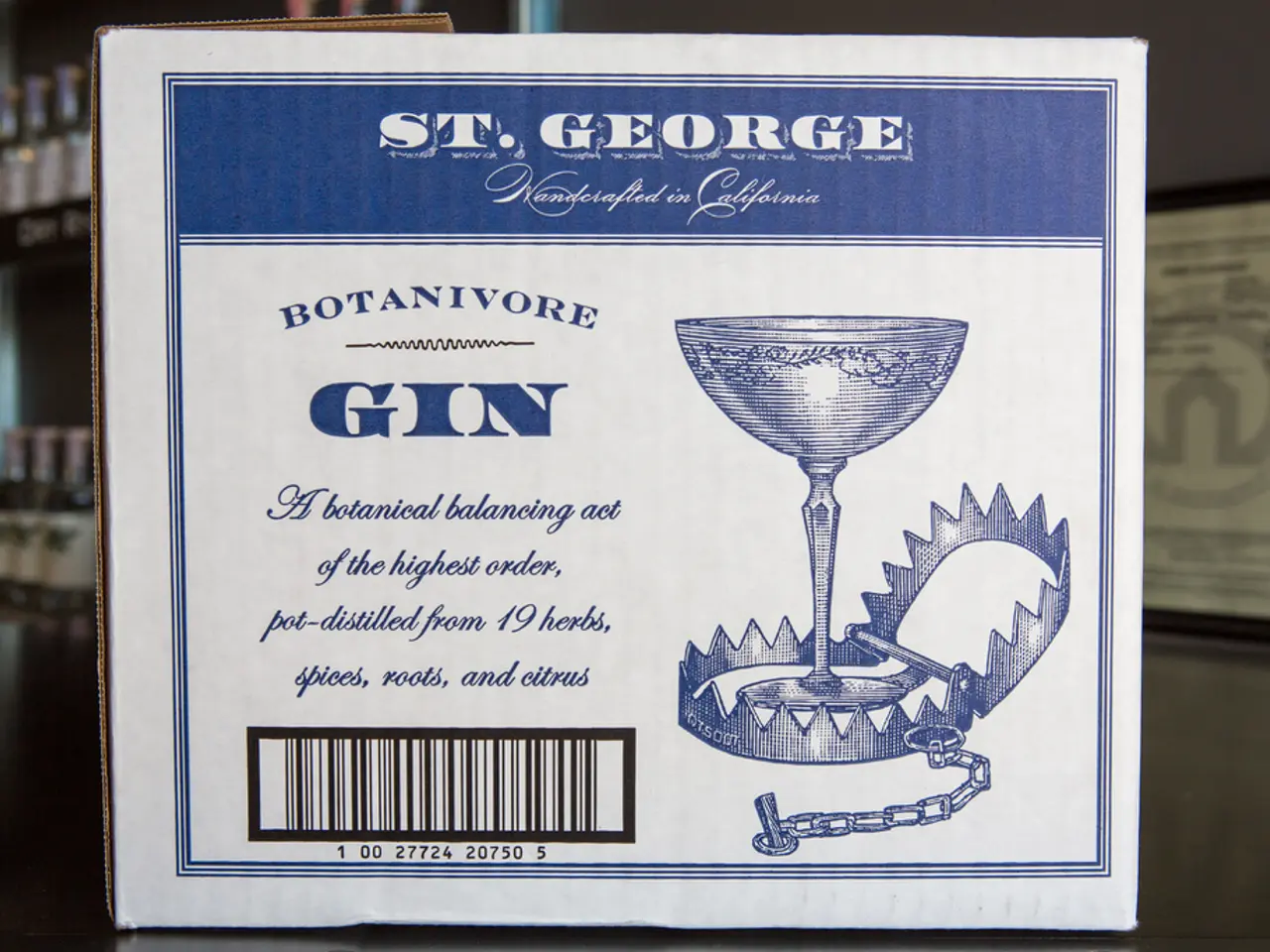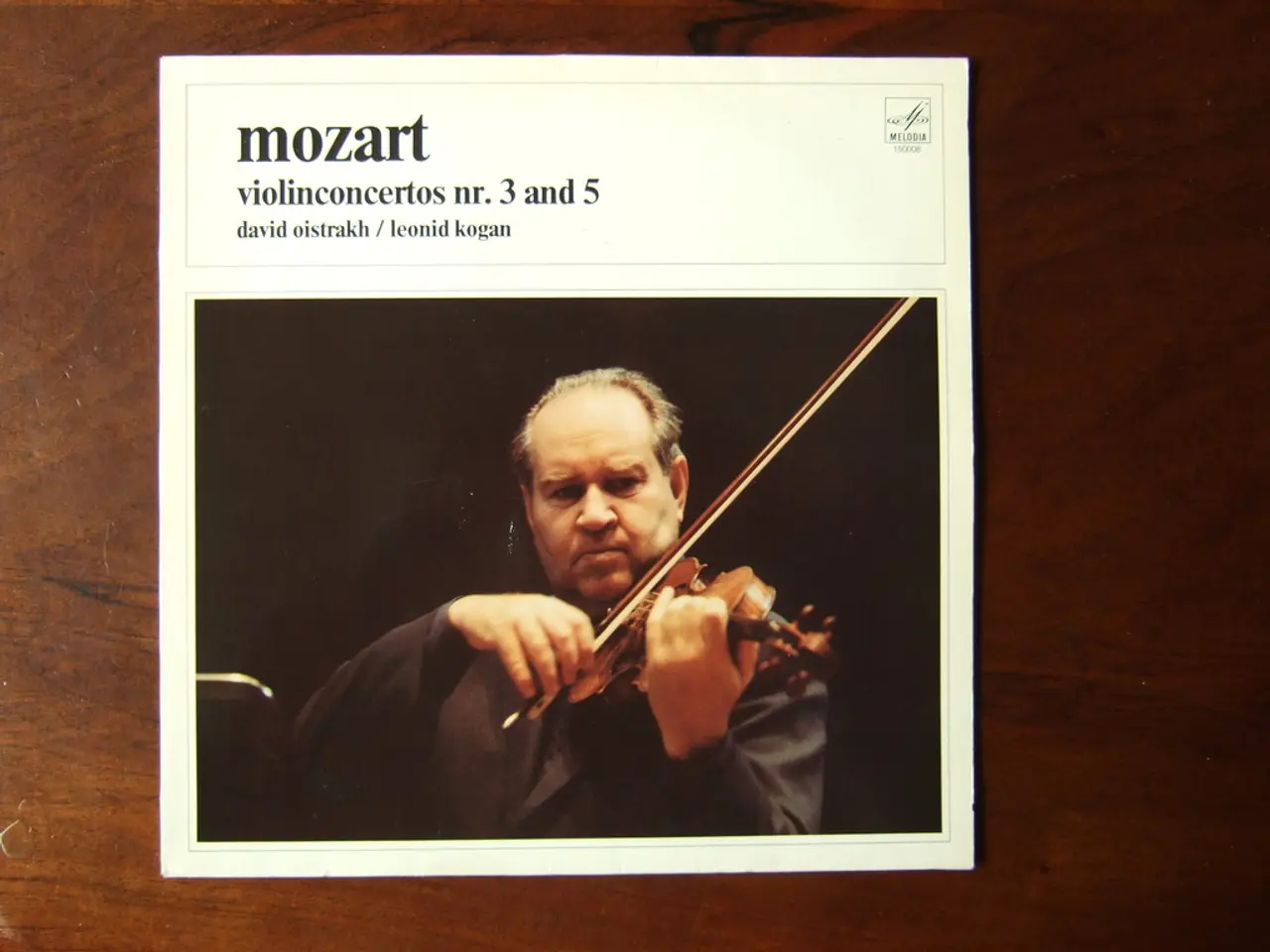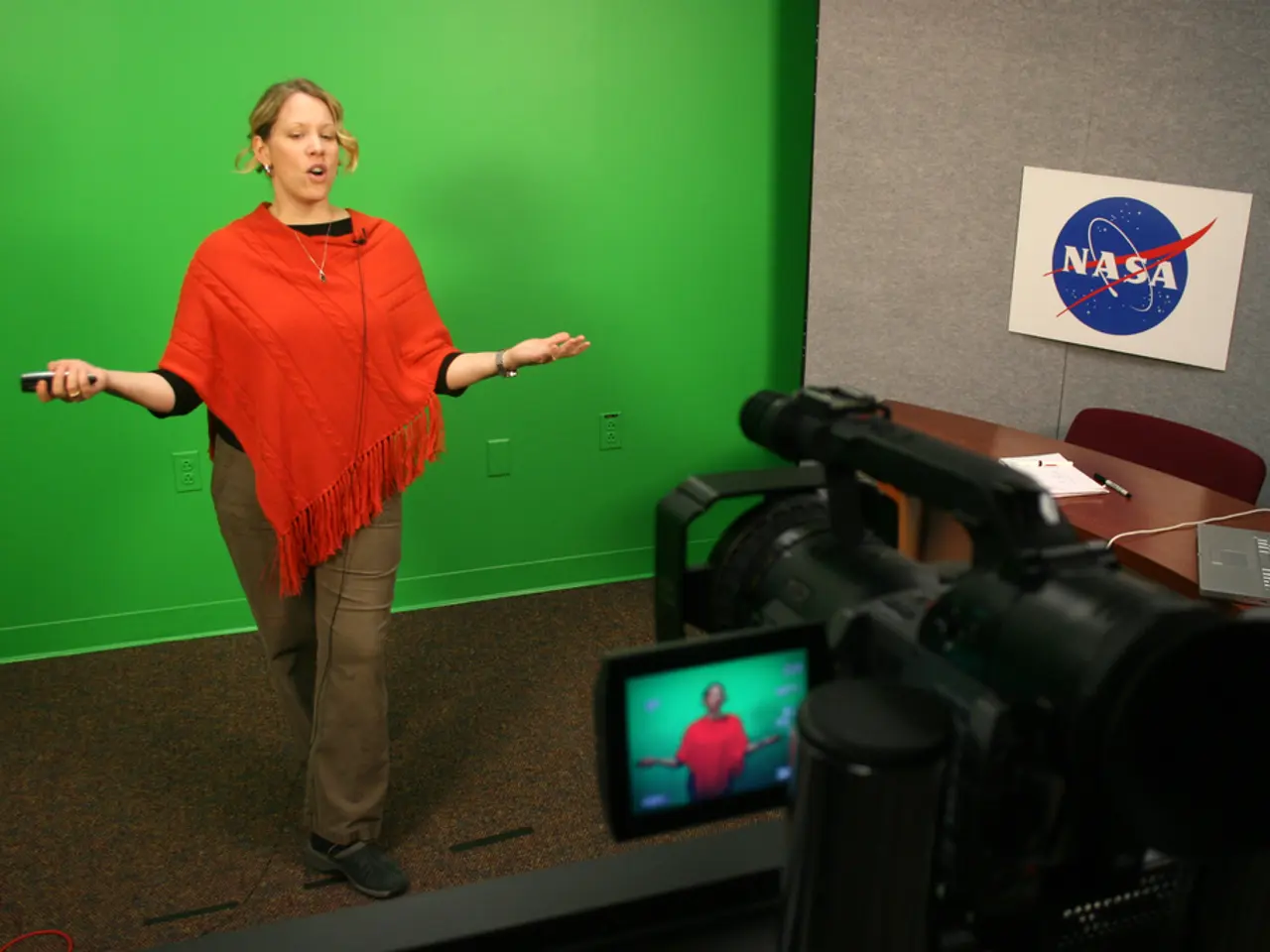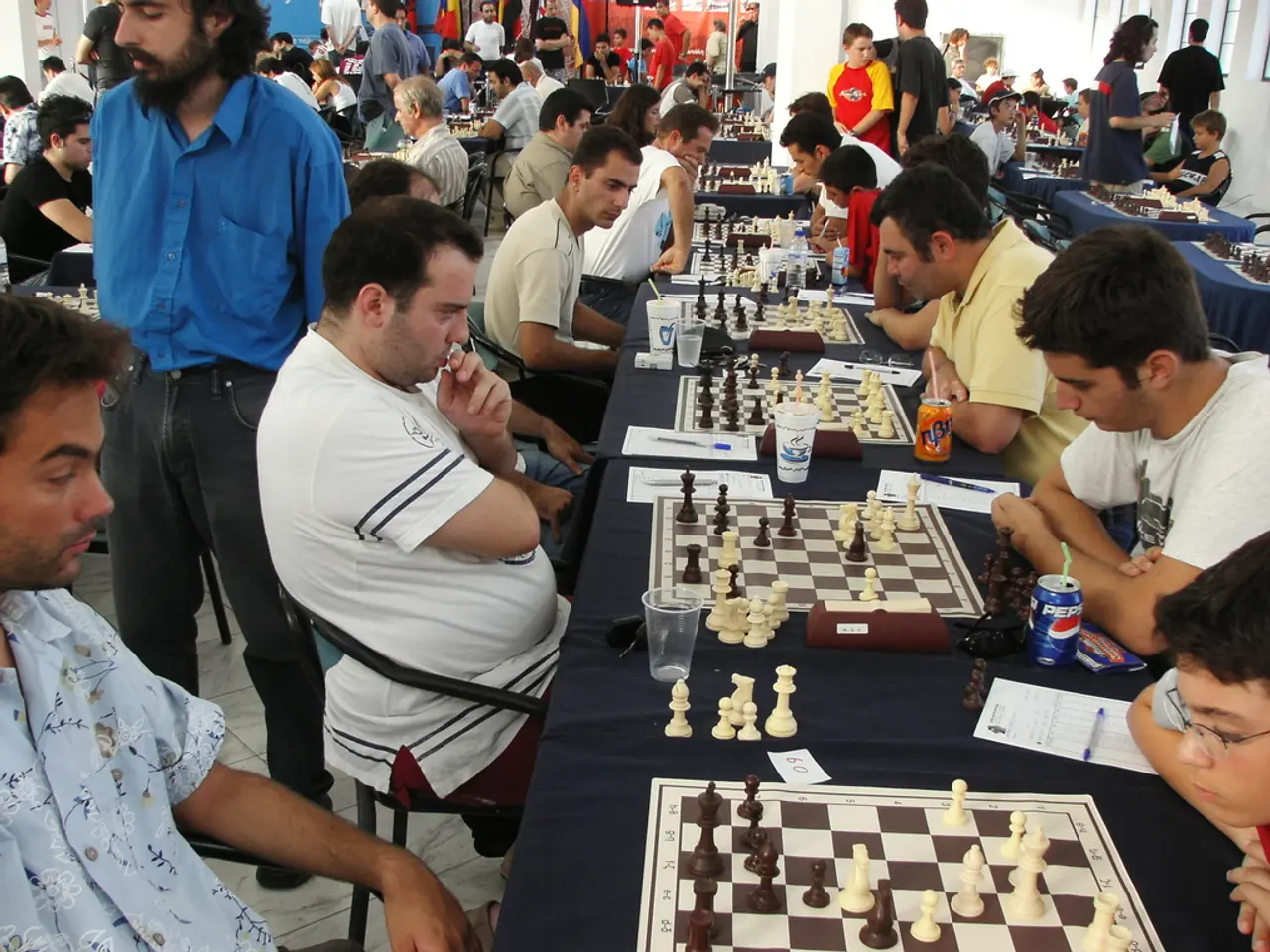Counterfeit Malaria Medicines Tragically Claim 100,000 Lives Annually
In Kenya, the distribution of medicines is a critical yet precarious issue, with over 70% of medicines being imported and a fragmented network creating opportunities for the circulation of counterfeit drugs. This situation exposes patients to life-threatening risks, as awareness about counterfeit drugs remains low among the population.
The report "Securing the Medicine Distribution Network in Africa" sheds light on the extent of this problem, providing data, expert analysis, and testimonials from various healthcare ecosystem actors. According to the report, these counterfeit drugs account for up to 30% of medicines in circulation in Africa, and as much as 60 to 80% in some conflict zones.
The trafficking of falsified medicines is not only a significant health risk but also a financially lucrative venture. It is estimated to be worth US$200 billion and chops off eight per cent of Africa's GDP in uncollected taxes. Moreover, it is 20 to 45 times more profitable than drug trafficking and causes the death of 700,000 people worldwide each year.
The illegal pharmaceutical market in Kenya and Africa is driven by several causes, including limited access to affordable medicines, supply chain gaps, poor regulatory reach, corruption, economic and social factors, and high youth unemployment and poverty.
One tragic example of the consequences of this illegal market is the case of Benson Wambugi, a farmer in Kieni, Nyeri, who was given counterfeit medication from an untrained pharmacist in April 2024. The counterfeit medication worsened Wambugi's condition, and he received the correct medication at a local clinic.
The health risks associated with these counterfeit drugs are severe, particularly for essential medicines such as antibiotics, HIV-Aids antiretrovirals, antimalarials, pain killers, and opioids. In Africa, these counterfeit drugs are causing over 100,000 deaths annually, with fake malaria drugs resulting in severe cases and deaths in Kenya.
The illegal pharmaceutical market not only poses a threat to public health but also undermines governance. Profits from this market foster corruption, weakening state institutions and governance systems. The criminalization of drug users leads to incarceration, worsening social inequality and impacting vulnerable groups, including youth and children.
In Kenya, the fight against counterfeit drugs is ongoing, with significant strides being made in healthcare despite the challenges. Gavin Pearson, head of CFAO Healthcare Kenya, emphasizes the need to bring together government, regulators, and private sector players to build a safer and more transparent pharmaceutical supply chain. The report calls for strengthening official medicine distribution channels and empowering local health systems to better protect their people.
The white paper aims to drive actionable change and foster a safer, more accessible, and efficient pharmaceutical system for all. By addressing the root causes of the illegal pharmaceutical market and improving access to affordable, quality medicines, Kenya can work towards a future where every patient receives the care they need without the threat of counterfeit drugs.
- The report "Securing the Medicine Distribution Network in Africa" reveals that counterfeit drugs account for up to 30% of medicines in circulation in Africa, and in some conflict zones, this figure can reach up to 80%.
- The trafficking of falsified medicines is a financially lucrative endeavor, estimated to be worth US$200 billion, and it causes the death of 700,000 people worldwide each year.
- In Kenya, essential medicines such as antibiotics, HIV-Aids antiretrovirals, antimalarials, pain killers, and opioids are particularly at risk from counterfeit drugs, causing over 100,000 deaths annually in Africa.
- To combat the distribution of counterfeit medications and establish a safer and more transparent pharmaceutical supply chain, it is crucial for the government, regulators, and private sector players to work together in Kenya, as emphasized by Gavin Pearson, head of CFAO Healthcare Kenya.




